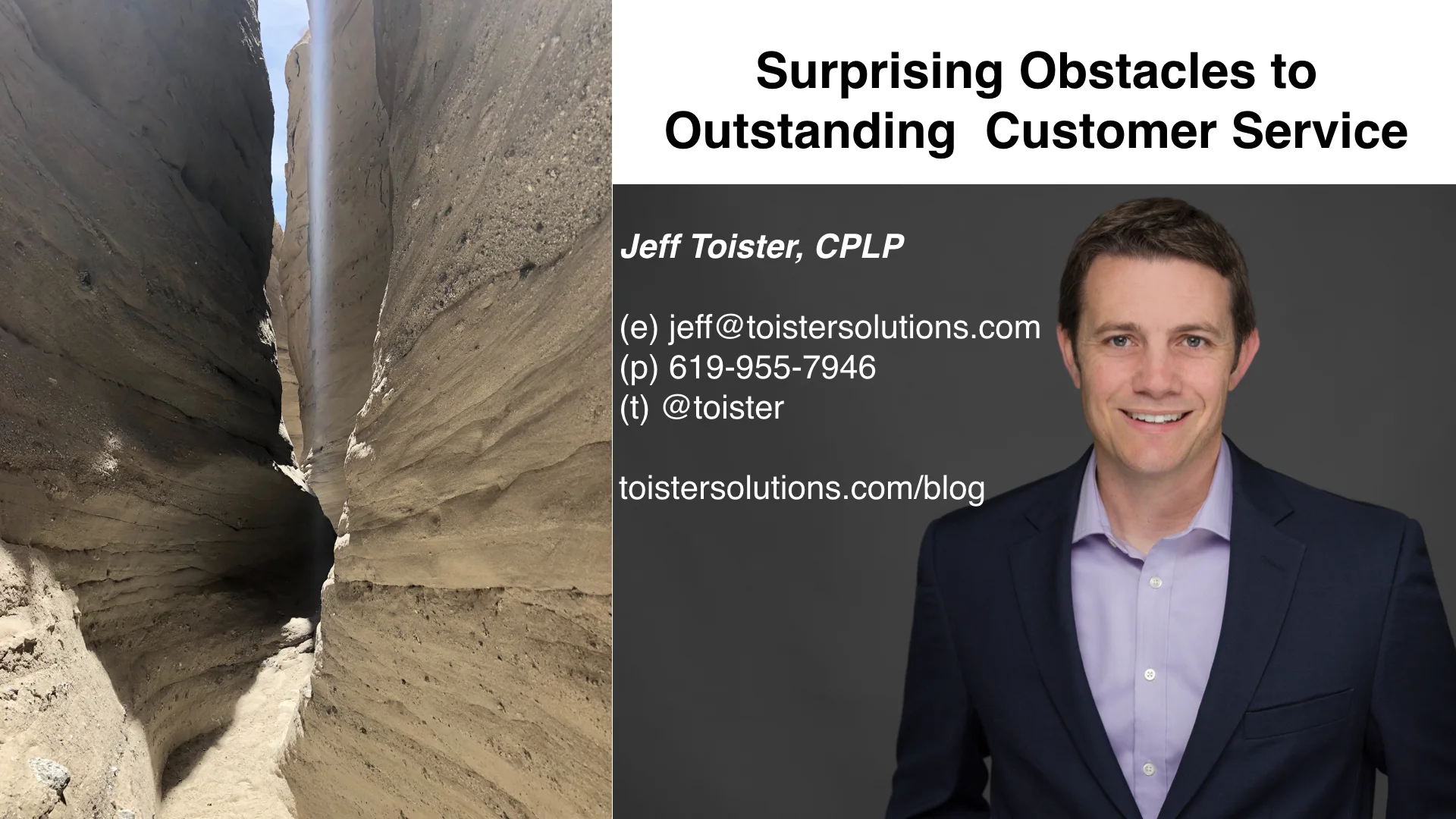There's a scene in the movie, Office Space, that gets me every time.
Bill Lumbergh, the clueless executive, announces a new culture initiative in an all-hands meeting. "So you should ask yourself, with every decision you make, is this good for the company?" A banner hangs overhead that reads "Is this good for the company?"
It was the beginning, middle, and end of the initiative.
A new report from the consulting firm PwC shows this type of executive disconnect from corporate culture initiatives is real. A 2018 survey of 2,000 people in 50 countries found large gaps between what executives and employees felt about corporate culture.
You can read some stunning conclusions below or read the entire report here.
Consistency
Companies often create a mission, vision, or value statements to help define the culture. Yet the true culture is how people think and act.
The report revealed a disconnect in how consistently the cultural statements were followed:
At just 63 percent, even leaders sense there's a huge gap between the culture message and what people are actually doing. The perception is far worse among employees.
There are two causes that I frequently see.
The first is executives try to define the culture all by themselves. They sequester themselves in a conference room or hold a retreat, and dream up what they think the culture should be.
I've called leaving your employees out of the process the worst mistake in building a service culture. That's because you need everyone represented to come up with an authentic description of how people should think and act.
The second leading cause of the consistency gap is too many culture initiatives are like the banner in Office Space. They're symbolic, with no real commitment behind them.
So how should you define your culture? I recommend this proven process.
Priority
Employees don't always believe culture is a priority for senior leaders. This graphic is telling:
The root cause is often tied to how culture initiatives play out. The executive team dreams it up behind closed doors, an announcement is made, and employees see little else.
There may be a culture committee or task force doing some work, but frontline employees don't see that and usually aren't involved. They just see their daily work continue as usual.
The customer-focused companies I researched for The Service Culture Handbook took a very different approach. Leaders in these organizations involved employees every step of the way. For example, a customer service leader at Cars.com shared customer feedback with her team on a daily basis, and solicited employees' ideas on how to fix issues.
Pride
Customer-obsessed employees take a lot of pride in the companies they work for. They love their products and services, believe in the mission, and are often customers themselves.
The PwC report revealed a big gap in company pride between executives and employees:
I interviewed psychologist Gemma Leigh Roberts for my latest book, Getting Service Right, to get a better understanding of the executive disconnect. She shared some interesting insight:
"Challenging your perception of business performance (which you are responsible for leading) can lead you to challenging your own performance, which can be painful for your ego and damaging for your confidence. In this scenario, sometimes executives choose not to acknowledge facts or consider them irrelevant, which is a self-protection strategy."
In other words, executives are human just like the rest of us. Our egos try to protect us from our personal failings, such as creating a miserable work culture.
Take Action
The PwC report revealed that 80 percent of respondents felt their organizational culture must change in the next five years.
If that's you, what are you going to do about it?
My suggestion is to start by defining the culture you want to have with a simple statement called a customer service vision. This is a shared definition of outstanding customer service that gets everyone on the same page.
You can use this step-by-step guide to help you create it. I've assembled some additional culture change resources here.















